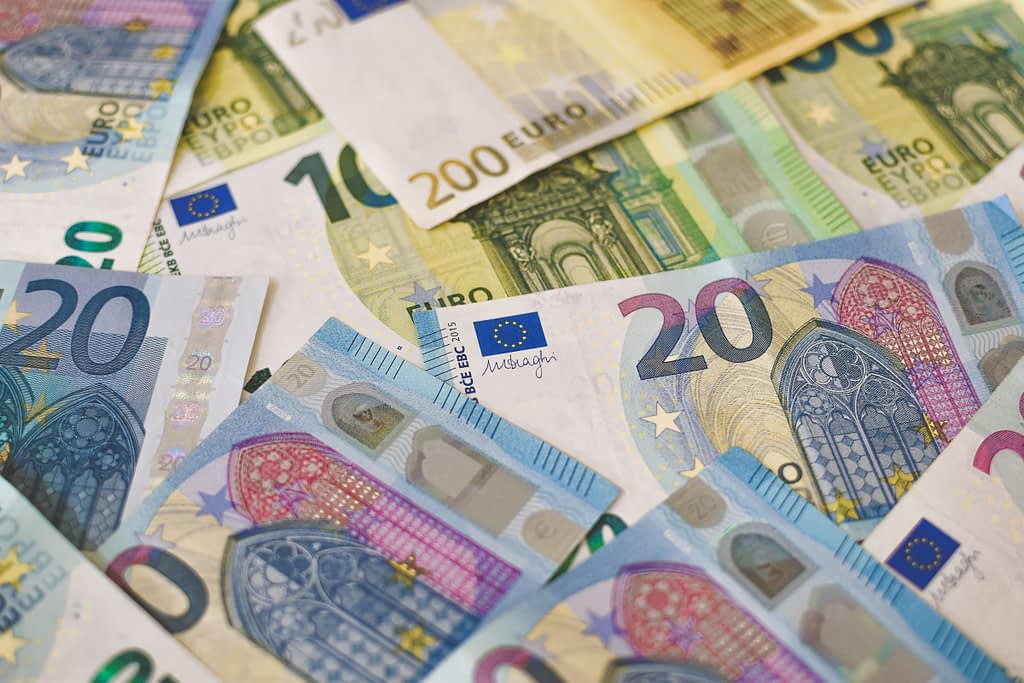The euro has surprisingly emerged as a victor in US President Donald Trump’s efforts to reshape the global trade landscape. The currency climbed to its six-month high against the dollar this week, recording its largest single-day gain since 2015 on Thursday after Trump announced tariffs that exceeded market expectations.
A Reversal of Expectations
This marks a significant shift from just two months ago, when many market participants anticipated the euro would fall to parity with the dollar amid fears that tariffs would force the European Central Bank to cut interest rates more aggressively. Now, investors are more concerned that Trump’s policies could damage the US economy and reverse the substantial inflows into dollar assets seen in recent years.
“The euro is likely to be one of the major beneficiaries of a slowdown or reversal of these inflows, due to the extent to which they were provided by eurozone investors,” said Dominic Bunning, a strategist at Nomura, adding that there was “scope for a structural realignment” supporting the common currency.
Key Factors Strengthening the Euro:
- Shifting Rate Expectations: Markets now anticipate three further quarter-point cuts in Europe compared to four in the US
- German Fiscal Stimulus: Germany has moved forward with increased spending
- European Investment: Expected massive increases in European military and infrastructure expenditures
- Regulatory Relief: Efforts to ease regulatory burdens for companies
Sentiment Shift
This shift is also evident in currency options, where investors are betting on further euro strength. Demand for euro call options versus the dollar over a one-year horizon surpassed puts on Thursday for the first time since 2021.
“What we are seeing from Europe is monetary, fiscal and regulatory stimulus,” said Karen Ward, chief market strategist for EMEA at JP Morgan Asset Management. “That is why you are seeing European assets relatively outperform, the euro outperforming, even though interest rates are coming down.”
Future Outlook
Although the euro’s rapid rise has led many analysts to expect a pullback (the currency fell 0.6% on Friday), the long-term outlook remains positive. Some experts express concerns about the EU’s effectiveness in protecting its economy given the bloc’s often complex consensus-based decision-making process.
“This is a once-in-a-decade opportunity for a turnaround in the euro,” said Meera Chandan, global co-head of FX strategy at JPMorgan Chase & Co., who forecasts a move to between $1.14-$1.16 by year-end. “Once the increased fiscal spending actually starts impacting growth figures, which will be a second-half story, we could potentially see a period where Europe outgrows the US.”




